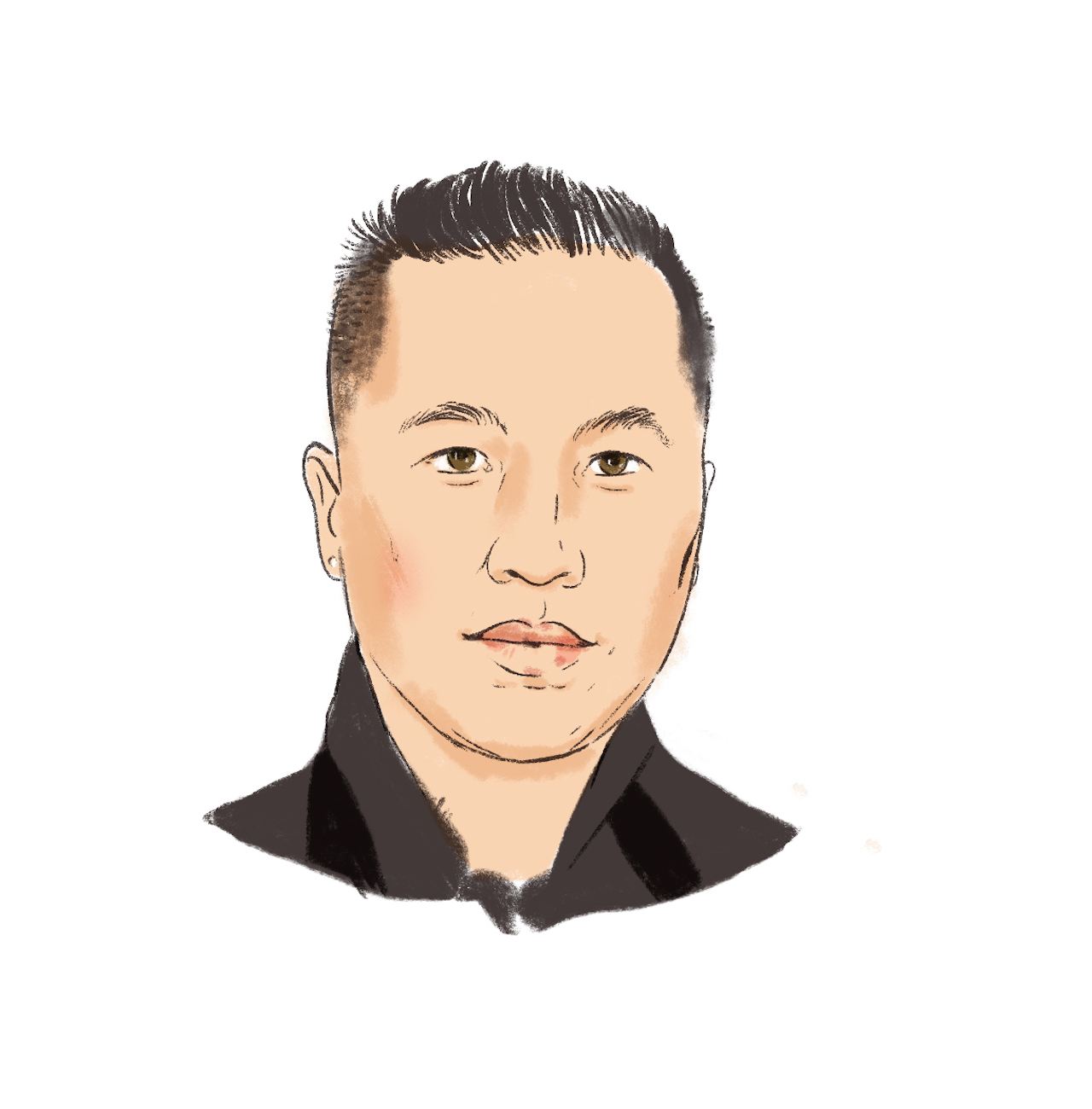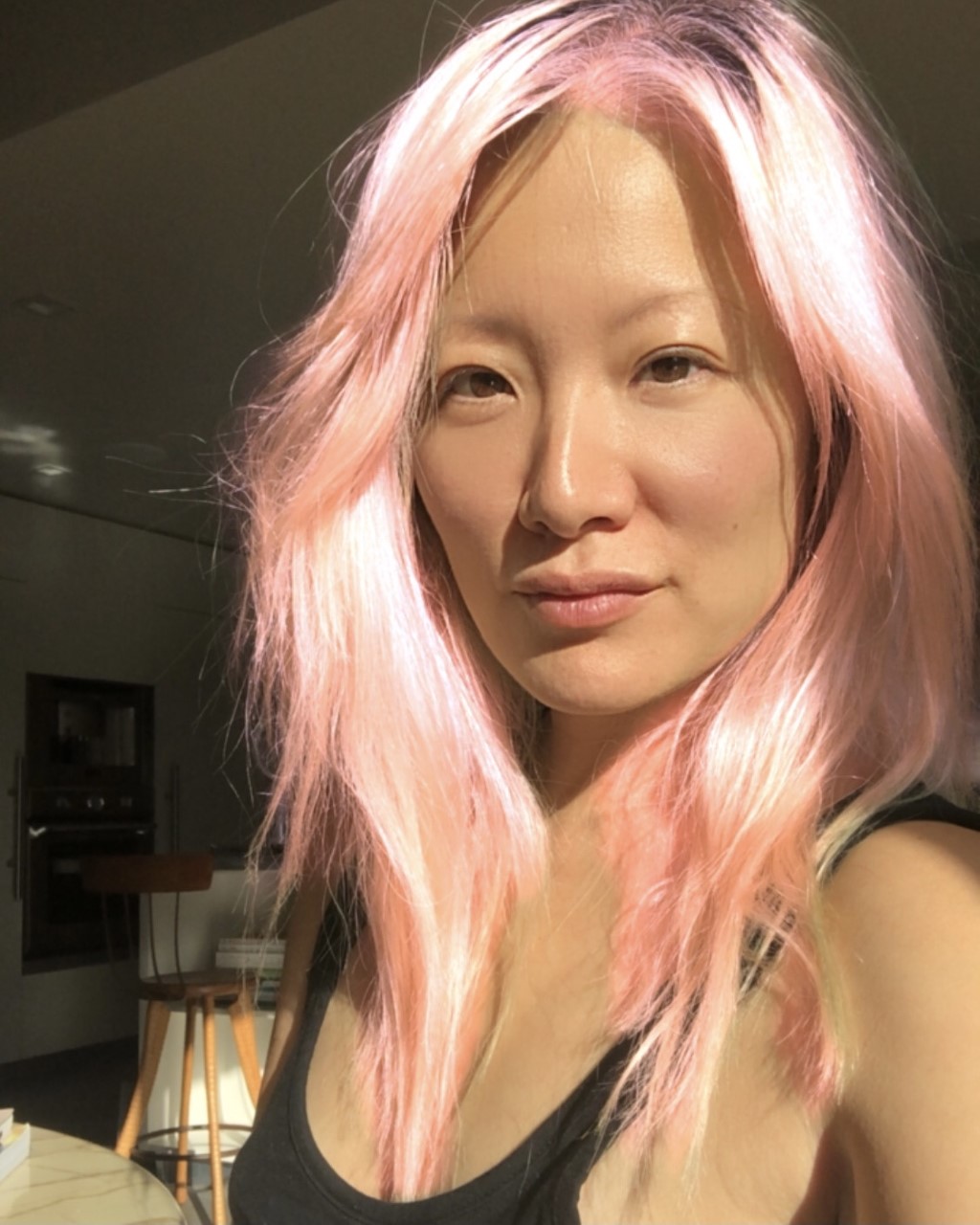

Every issue, GRAZIA USA highlights Game Changers, who inspire, educate, and celebrate individuality, beauty, and style. Meet designer Phillip Lim, who’s standing up against hate and making change.
It’s been such a blurry year and a half. We’re presenting Spring 2022 after taking a pause during the pandemic, and the chaos of it all is insane right now! As an independent design house, it didn’t feel right for our brand to do a show last season. So many bad things happened—lives and livelihoods were threatened—but having the whole world stop gave us time to relook at everything. It’s very existential, obviously. Why were we doing all this? How did we start? Where are we now? What got so far away from us and why?
I was already having personal issues with the fashion system. It’s too fast. There’s a loss of control. It’s driven by numbers instead of desire. You reach a breaking point because fashion still starts with a desire to create and ends with something desirable. But we couldn’t understand what we were making anymore. The pandemic forced us to make what we could within our means. To reevaluate our resources, reuse, recycle, and be more mindful of the process as a whole.
For 3.1 Phillip Lim, we spent the time to reinvent and transition ourselves to have a sustainable balance. How do we offset our output? Fashion has a very polluting footprint, but I always fear saying “sustainability” because it’s a marketing term now and it’s almost impossible to achieve. Still, if we can say to ourselves that we’re part of the problem, we can also be part of the solution.
We set our intention to rebuild our collection by converting more than 70 percent of it into second-generation fibers. Instead of using virgin wool or virgin polyester, it’s all recycled. When you start with the intention to not be so wasteful, you activate creativity. Something beautiful comes out of the will to make from what you have. Nothing had to be sacrificed or compromised to make a kinder, gentler, and more thoughtful collection.
This is all about reconnecting to people and our community and it’s the reason I moved my studio to Chinatown. The AAPI community was being targeted and it needed representation and creative energy. People needed to see that beautiful things come out of Chinatown. It’s part of the process of reclaiming a value system. It’s not only about design. How are we a fabric or a thread in the community and what do we stand for?
The targeting of our AAPI community, [and the fact that it was] being used as a scapegoat by the past administration, was such a terrible thing. Our community is targeted because of the model minority myth.
Violence doesn’t end until silence does. I’m so hopeful for the next generation. I see them now and there’s no way they’ll sit in silence. Our generation is the bridge between the past and the future, so it’s important that we’re role models.
My friends, my colleagues, we all came together to stand up against this hate and we were joined by so many leaders—actors, activists, government officials—to promote #StopAsianHate. I got together with friends from GoFundMe and we created GoFundMe.com/AAPI, which is the largest centralized community fund that gives resources to grassroots AAPI organizations across the country. So much has changed and so much progress has been made, but we also need to stand with other communities, not just our own. This is a fight against all hate and we can’t let ourselves be pitted against each other.
I’m not an activist. I’m someone who has been activated. If we don’t use our platforms to stand up for communities—all our communities that are targeted—then what is the point?














